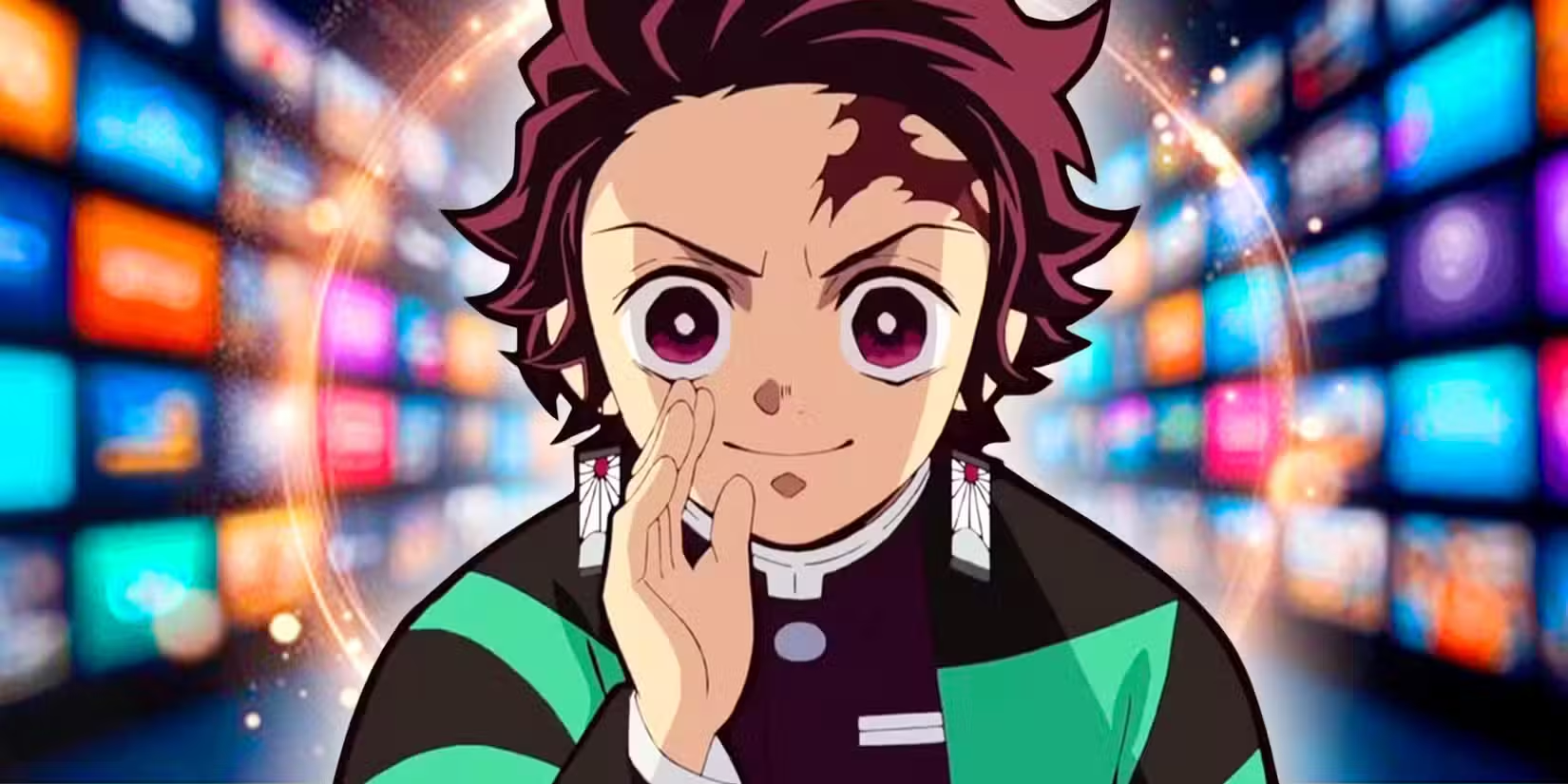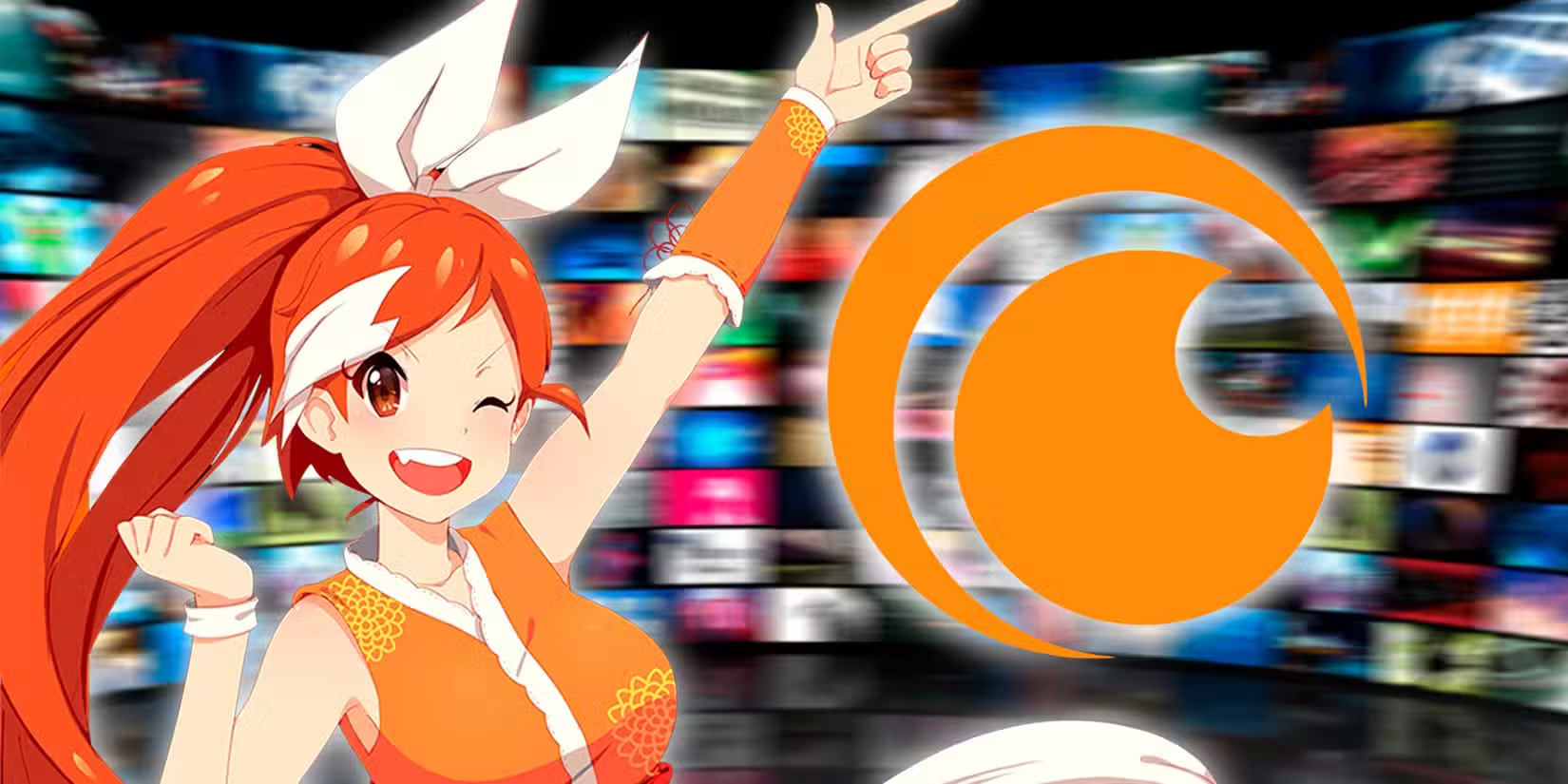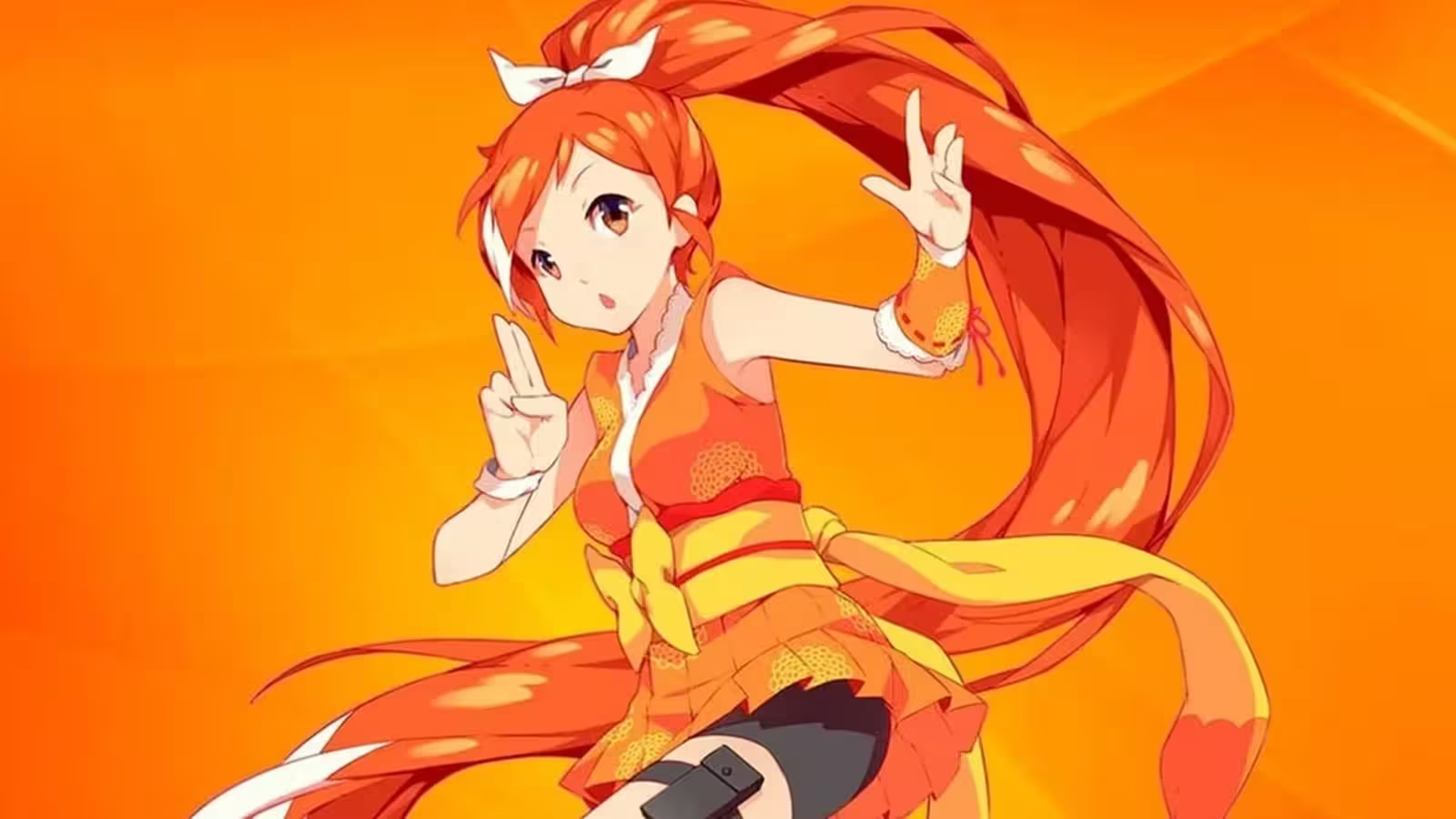5 Minutes
Overview: A Turning Point for a Leading Anime Streaming Platform
Crunchyroll has become synonymous with the modern anime streaming boom: simulcasting new seasons as they air in Japan, curating fan-favorite libraries, and building communities around series and creators. Recent reports that the company is undergoing staff reductions to reorganize its operations have sent ripples through the anime and streaming communities. Rather than signaling a retreat, Crunchyroll says these moves are intended to realign the business toward rapidly growing international markets. But what does this mean for anime fans, creators, and the wider entertainment industry?
Crunchyroll’s Strategic Restructure
According to media outlets, the total number of layoffs has not been disclosed. The company—whose workforce spans multiple offices worldwide—says the shake-up is not a simple cost-cutting exercise. Crunchyroll president Rahul Purini has framed the changes as a strategic pivot: building regional teams to better serve local audiences, licensing partners, and production pipelines as demand grows outside North America and Japan.
Why regional teams matter
Shifting to market-focused operations can accelerate content acquisition, local-language releases, and promotional campaigns tailored to different territories. For a streaming platform, that means faster subtitling and dubbing, region-specific licensing deals, and tighter collaboration with local distributors and theaters.
Industry Context: Anime’s Global Momentum
Crunchyroll’s restructuring comes amid a period of exceptional growth for the anime industry. Last year marked one of the most profitable stretches for anime, and global entertainment companies are expanding anime slates to capture audience attention. Major streamers—Netflix, Prime Video, Hulu, and even Disney—have increased anime production and licensing. Netflix reported that a high proportion of its viewers regularly watch anime, and legacy theatrical chains and tech platforms have also highlighted international interest in anime titles.

Plot Summaries: Representative Titles That Define Crunchyroll’s Slate
To understand what’s at stake, consider three types of shows that help define modern anime streaming:
- Action/Shonen flagship: A high-stakes, fast-paced series that blends intense battle choreography with serialized story arcs and character development—an engine for merchandise, games, and global fandoms.
- Slice-of-life/crossover hits: Heartfelt, character-driven shows that travel well across cultures, often inspiring social-media trends, fan art, and cosplay at conventions worldwide.
- Original streaming projects: Exclusive anime produced or co-produced by platforms to showcase distinct storytelling and to differentiate catalogues in a competitive streaming market.
Cast and Crew: The Human Side of Streaming Content
Streaming platforms sit between studios, voice actors, directors, and writers. Crunchyroll has traditionally partnered with Japanese animation studios and international localization teams to deliver subtitled and dubbed versions rapidly. Any corporate reshuffle can affect translators, dubbing directors, marketing teams, and licensing managers—roles essential to bringing anime to a global audience.
Production Details: Simulcast, Dubbing, and the Pipeline
Modern anime distribution relies on tight coordination: episode masters, subtitle files, dubbing sessions, and metadata must flow on a tight schedule. Regional hubs can improve turnaround times for dubbing and compliance with local platforms, but transitions risk short-term delays if handoffs are not seamless. Crunchyroll has also signaled future investments — such as a digital manga platform for premium subscribers — that expand its content ecosystem beyond streaming video.
Critical Reception and Industry Reaction
Reaction from creators, industry insiders, and fans has been mixed. Some view the layoffs as a pragmatic step to scale operations globally and remain competitive against major streamers. Others worry about talent displacement and potential impacts on release schedules. Executives across related sectors—like IMAX leadership discussing anime’s international traction—underscore that many companies still see enormous upside in anime as a cultural and commercial force.
Personal Take: Why This Could Be a Growth Moment
Restructuring is rarely painless, but Crunchyroll’s stated goals align with the reality that anime is no longer a niche: it’s mainstream entertainment. If executed well, regional teams and expanded services (including digital manga) could deepen fan engagement, speed localization, and create new revenue streams for studios and creators. The key will be preserving creative partnerships and ensuring transitions don’t interrupt the release cadence that fans expect.

Bottom Line
Crunchyroll’s layoffs are a cautionary note about the costs of rapid growth and global ambition—but they are not necessarily a harbinger of decline for anime. Instead, they may be a strategic repositioning aimed at cementing anime’s place in the global entertainment landscape. For filmmakers, voice actors, and streaming audiences, the coming months will be revealing: will this reshape how anime is produced and marketed worldwide, or will it create friction that slows its momentum? Either way, the industry’s broader trajectory still points upward.
Source: screenrant


Leave a Comment